

Matt Campbell
2026 MG U9 review
5 Hours Ago

News Editor
BMW’s third-generation X1 crossover will offer a choice of petrol, diesel, plug-in hybrid, and electric powertrains, though only petrol and electric models have been locked in for Australia.
The brand’s entry-level SUV will serve as its new entry-level electric vehicle in new iX1 guise, which indirectly replaces the quirky i3.
The X1 will arrive here in the fourth quarter of 2022, with the iX1 following in the first quarter of 2023.
BMW will release pricing and local specifications closer to launch.
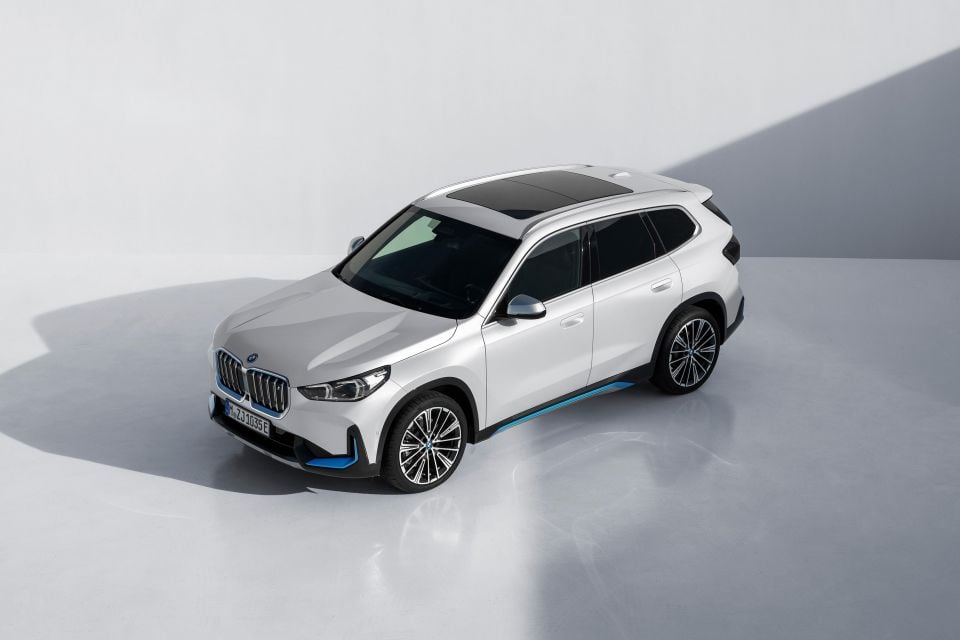
Using BMW’s fifth-generation eDrive technology, the iX1 will be available in dual-motor all-wheel drive xDrive30 guise, with total system outputs of 230kW of power – including 30kW of temporary boost – and 494Nm of torque.
BMW claims a 0-100km/h time of 5.7 seconds, an expected WLTP range of between 413 and 438km, and energy consumption of between 17.3 and 18.4kWh/100km.
The iX1 supports both single- and three-phase AC charging at a rate of up to 11kW, though you can optionally increase this to 22kW.
It supports DC charging at up to 130kW, and BMW claims you can charge the battery from 10 to 80 per cent in 29 minutes.

As with other electric BMWs, the iX1 features BMW IconicSounds Electric, synthetic engine noise created by famous composer Hans Zimmer.
While European buyers will have the choice of two petrol engines and two diesel engines, the more powerful of each featuring 48V mild-hybrid tech, Australian buyers have the choice of two un-electrified petrol engines in the regular X1.
The sDrive18i uses a 1.5-litre three-cylinder engine with 100kW and 230Nm and a claimed 0-100km/h time of 9.2 seconds, while the xDrive20i upgrades to a turbocharged 2.0-litre four-cylinder with 150kW and 300Nm.
That’s down 10kW and 60Nm on the mild-hybrid xDrive23i in Europe.
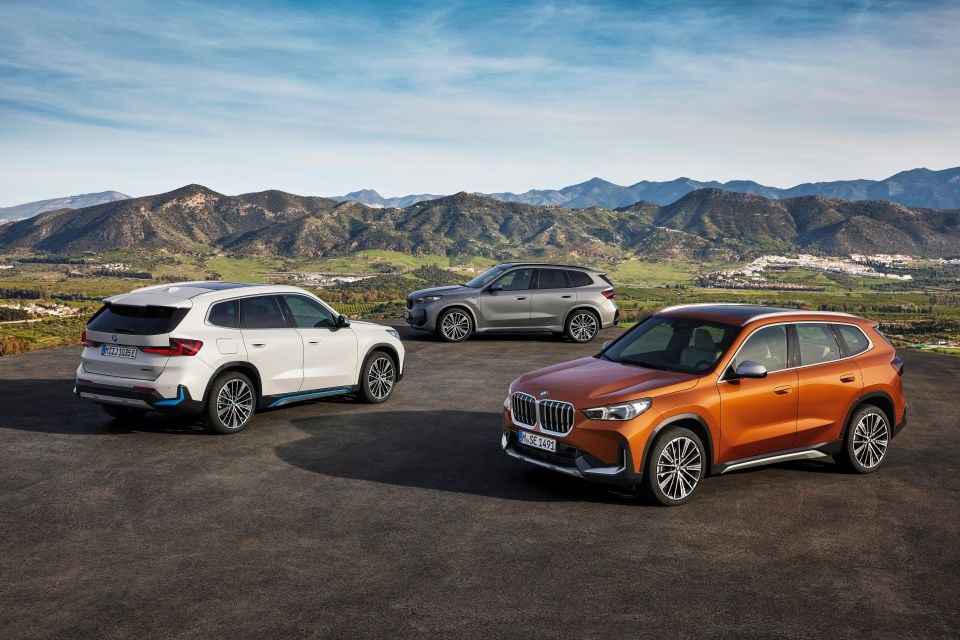
BMW quotes provisional combined-cycle fuel economy figures of 6.5L/100km for the sDrive18i and 7.4L/100km for the xDrive20i.
In other markets, there’s also a choice of two updated 2.0-litre turbo-diesel fours: the sDrive18d with 110kW and 360Nm with a 0-100km/h time of 8.9 seconds, and the xDrive23d with 155kW and 400Nm and a sprint time of 7.4 seconds.
There’ll also be a choice of two plug-in hybrids in Europe , both of which use a 1.5-litre three-cylinder engine, a seven-speed dual-clutch transmission, and electric all-wheel drive courtesy of front and rear electric motors.
The xDrive25e has total outputs of 180kW and 477Nm, while the xDrive30e has a more powerful electric motor and total system outputs of 240kW and 477Nm.
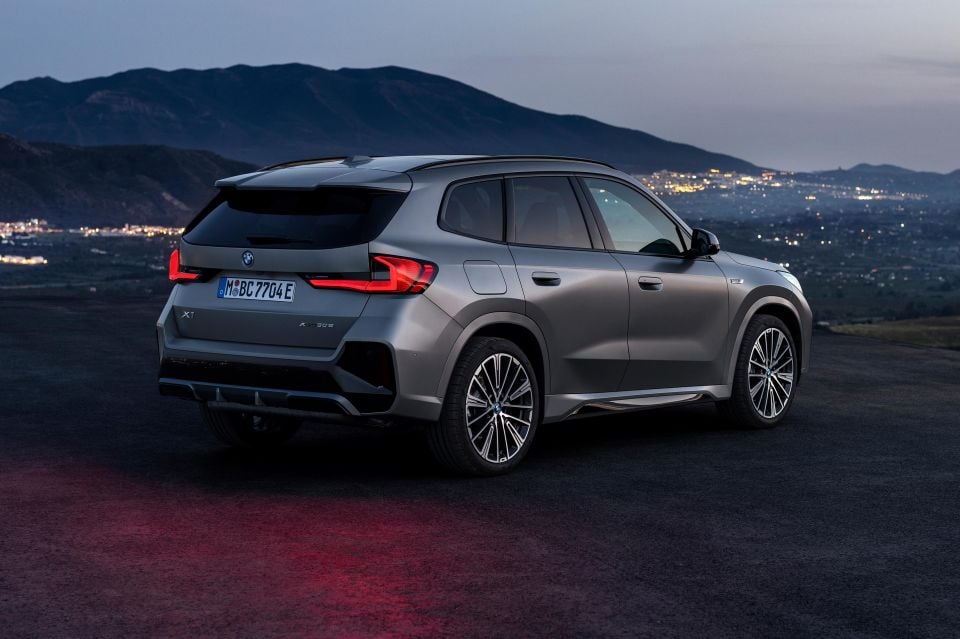
Both have a claimed WLTP electric-only range of 78-89km.
All combustion-powered X1s use a seven-speed dual-clutch transmission.
BMW says the X1 uses the same design principle as its predecessor for its front and rear axles, though the suspension and damping systems have been extensively upgraded with the aim of improving long-distance comfort.
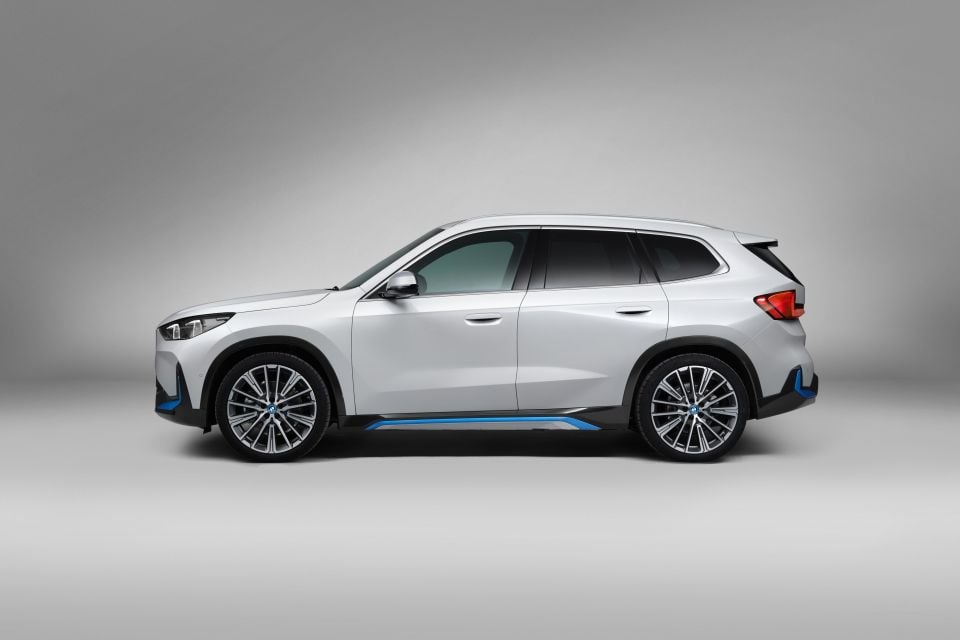
The company says iX1 and plug-in hybrid models have an additional shear panel up front and a stiff connection with the battery housing to increase body rigidity, while the iX1 further has a “special driving dynamics strut” which connects the individual spring strut towers.
The company has tried to keep weight down, making the bonnet from aluminium, using lightweight plastic supports for the doors, and offering the option of lightweight forged wheels.
The X1 has grown in every dimension compared with its predecessor.
It’s 53mm longer at 4500mm, 24mm wider at 1845mm, and 44mm taller at 1642mm.
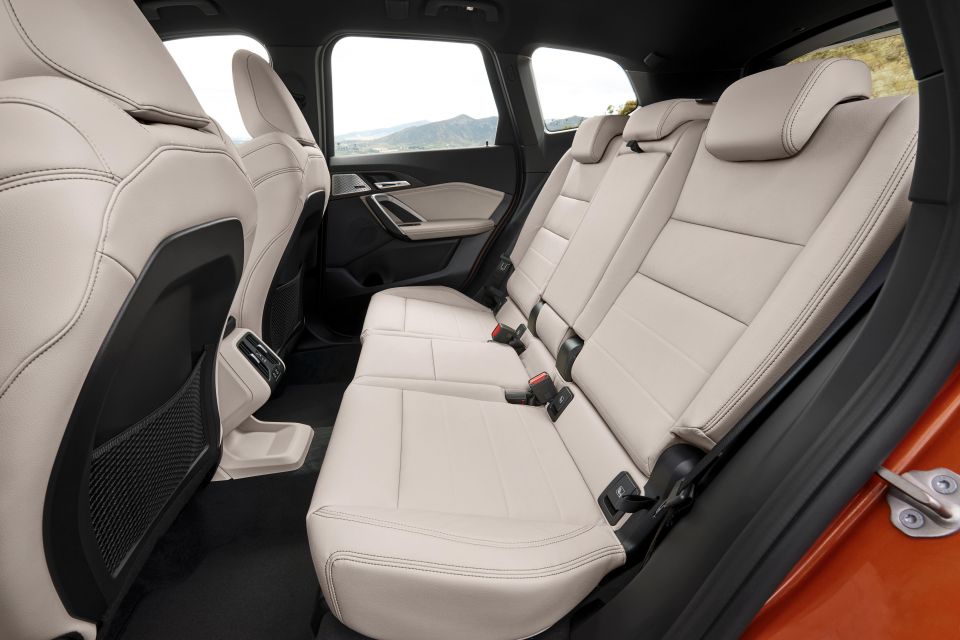
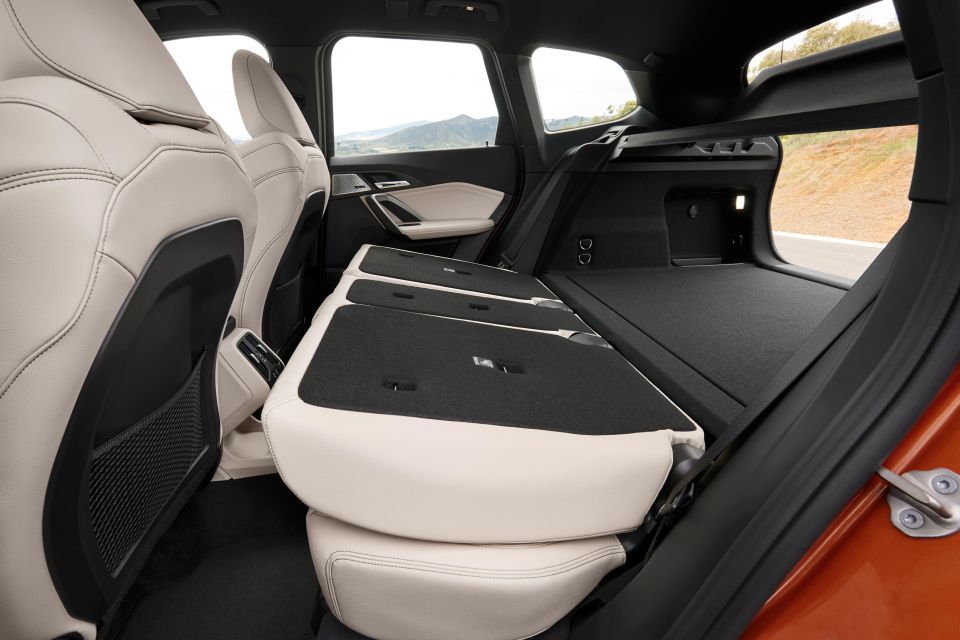
It also rides a 2692mm wheelbase, up 22mm on the old car, while track width front and rear is up by 31mm.
That’s translated to more cabin space, including a larger boot. Capacity is up to 540L, which expands to 1600L when you drop the 40/20/40 split-fold rear seats – these measurements are up by 35L and 50L, respectively.
Combustion-powered variants can also be specified with a sliding rear bench.
The X1 and iX1 are the latest BMWs to receive the brand’s new BMW Operating System 8 and the Curved Display, which features a 10.25-inch digital instrument cluster and 10.7-inch touchscreen infotainment system in one display.
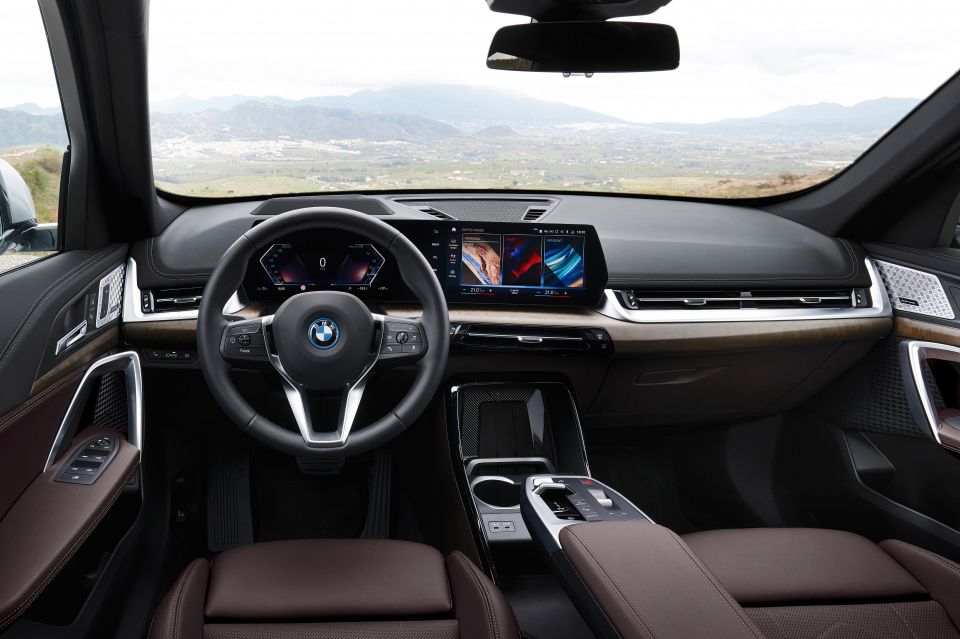
As in the new 2 Series Active Tourer, which the X1 closely resembles inside, the iDrive controller has been removed, though BMW OS 8.0 supports greater use of voice prompts.
There are also slim air vents, a small gear selector, and a “floating” armrest with a control panel comprising key switchgear like the start button and the hazard lights.
At the base of the centre stack, you’ll find cupholders, USB-C outlets, and an upright wireless phone charger that allows you to see your phone.
You can opt for front sports seats, as well as heating, power adjustment, memory and massage functions for the front pews, and upholstery options include Sensatec leatherette, Sensatec and Alcantara, and Vernasca quilted leather.
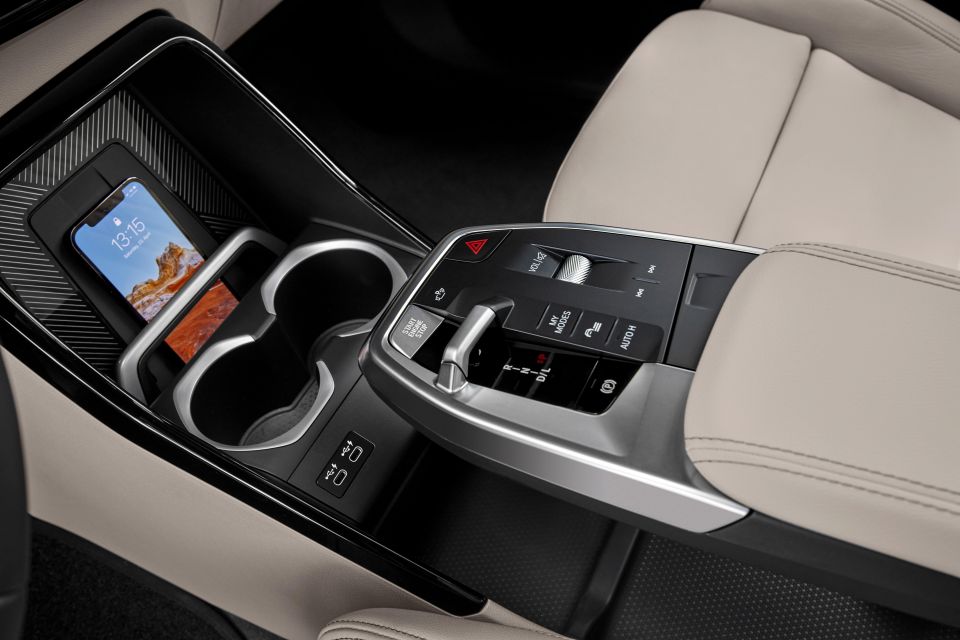

As leaked images revealed yesterday, the X1 has an evolutionary exterior design with cleaner flanks and more angular lighting elements front and rear. That includes more overtly L-shaped tail lights.
LED headlights are standard, with adaptive matrix LED headlights optional.
The iX1 features a closed-off version of the kidney grille, while all other models feature active shutters.
Drag coefficient is as little as 0.26, depending on the variant.
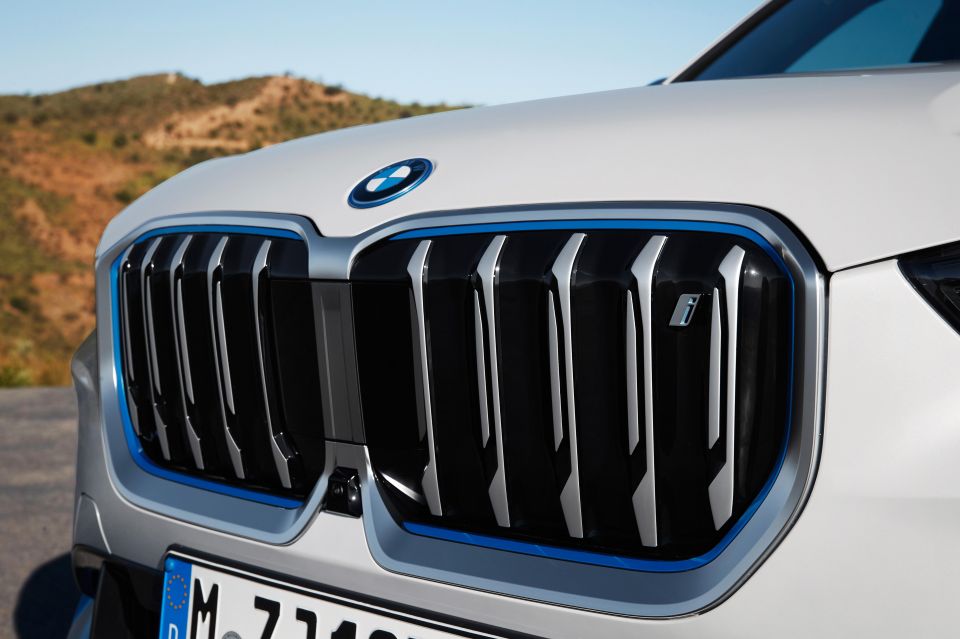
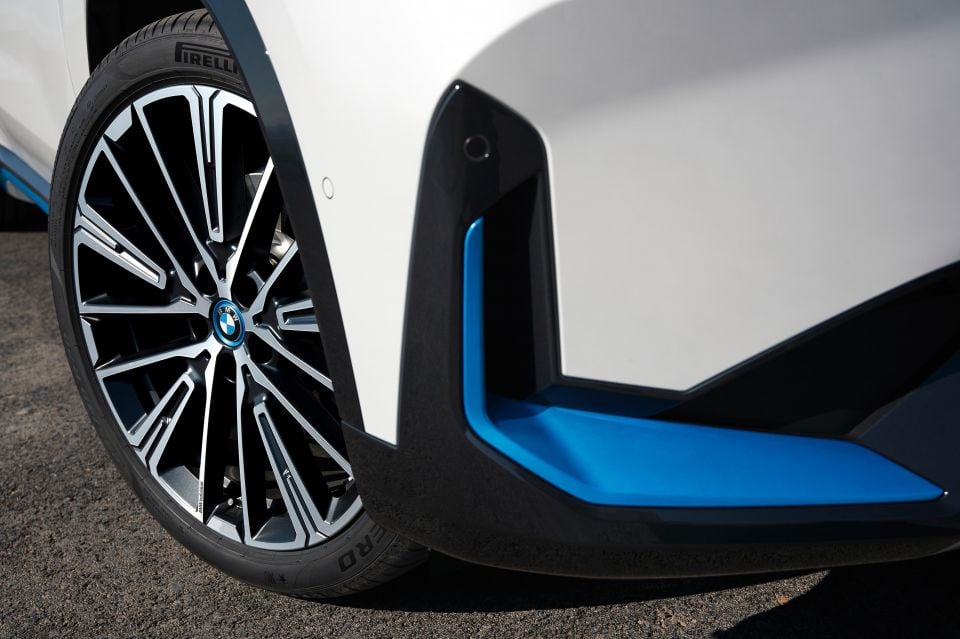
As with other i-branded models, the iX1 is available with various blue exterior elements, while the X1 will be optionally available in xLine or M Sport guise.
M Sport models feature unique front and rear bumpers for a sportier look, as well as 18-inch light-alloy wheels, adaptive suspension (standard on the iX1), a different steering tune, an M leather-wrapped steering wheel with paddle shifters, and front sports seats.
17-inch alloy wheels are standard fit on the X1, though you can choose from a range of wheel options including the first application of 20-inch alloy wheels in BMW’s small SUV.
Also new to the X1 line is the option of Frozen matte paint.
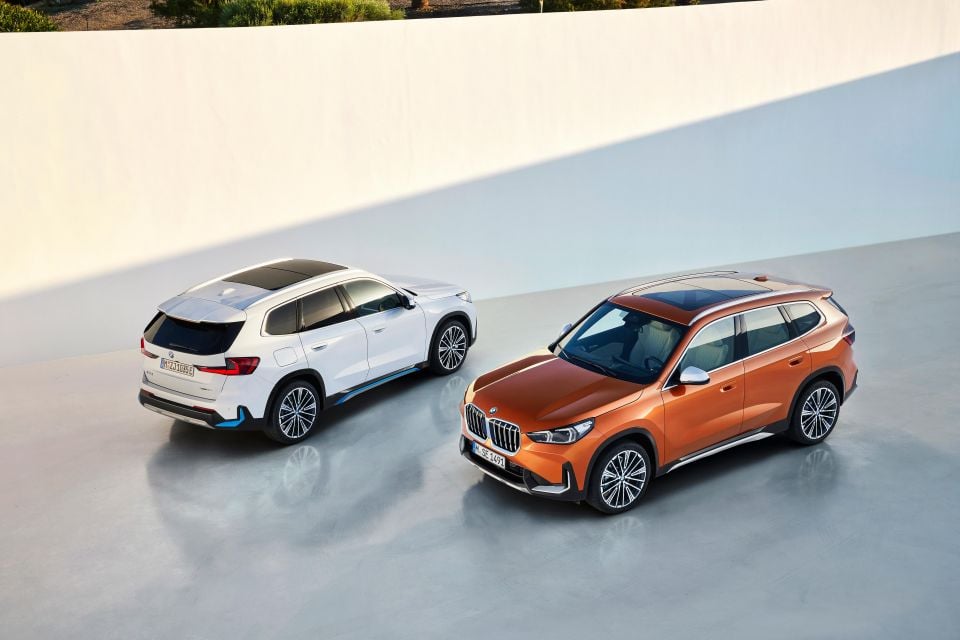
Standard equipment includes wireless Android Auto and Apple CarPlay, dual-zone climate control, interior camera, automatic parking assist, and satellite navigation, which includes charging-optimised routing for the iX1.
The iX1 also features battery pre-conditioning should you plan a mid-journey stop at a DC charger, while iX1 and plug-in hybrid models’ charging can be remotely controlled using the My BMW App.
This app allows remote locking and unlocking and even a 3D view function.
Options include a digital key, BMW Drive Recorder, panoramic sunroof, head-up display, 12-speaker Harman Kardon sound system, an augmented-reality view for the satellite navigation, a heated steering wheel and Parking Assistant Plus which includes a 3D surround-view camera system.
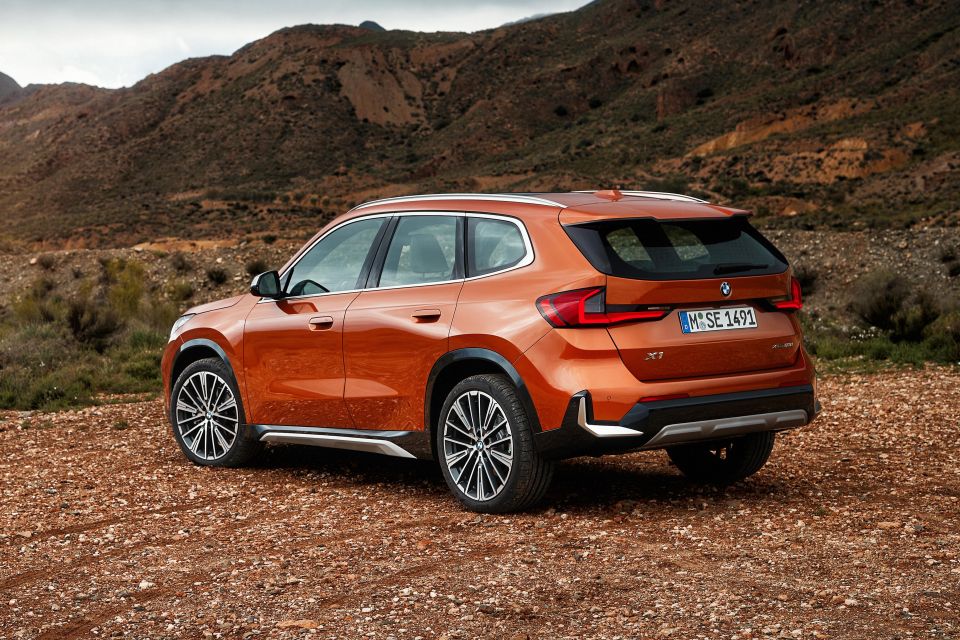
Standard safety equipment includes autonomous emergency braking with pedestrian and cyclist detection, traffic sign recognition and lane-departure warning.
The optional Driving Assistant includes steering-based lane-keep assist, as well as rear cross-traffic alert and safe exit warning.
Driving Assistant Plus includes a camera- and radar-based Steering and Lane Control Assistant, as well as adaptive cruise control with stop/go and intelligent speed limit assist, while Driving Assistant Professional includes further technology like traffic light recognition (Germany only) and an active navigation function that can set up lane changes.
Local specifications have yet to be announced.
Click an image to view the full gallery.
MORE: Everything BMW X1
Where expert car reviews meet expert car buying – CarExpert gives you trusted advice, personalised service and real savings on your next new car.
William Stopford is an automotive journalist with a passion for mainstream cars, automotive history and overseas auto markets.


Matt Campbell
5 Hours Ago


William Stopford
21 Hours Ago


Josh Nevett
22 Hours Ago


Ben Zachariah
2 Days Ago


CarExpert.com.au
2 Days Ago


Damion Smy
2 Days Ago